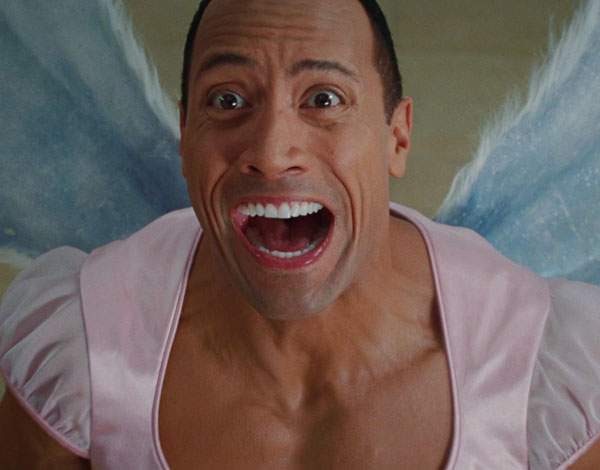
Sam Leith unearths the conspiracy around what really motivates the world’s tooth fairies

Not long ago, my six-year-old daughter lost tooth number five. She was so excited. She Sellotaped it up in a bit of kitchen roll, left it under the pillow with a note for the tooth fairy, and when she woke up in the morning it was gone: replaced with a bright new pound coin. Her little face lit up! And I thought, as I’ve been thinking for a while now: something’s not right here.
I note one thing to start with. Tooth fairies operate what economists call a monopsony. This is a market-distorting situation which might be seen as the opposite of a monopoly. In a monopoly, you have only one vendor of a commodity: someone has cornered the market and, in the absence of competition, can charge (within reason) as much as they like.
In a monopsony, you have only one buyer for a commodity; with nobody bidding the price up, the purchaser should — in theory — be able to get away with paying next to nothing for it. Do you see a thriving market for the milk-teeth of human infants? You do not.
So: how come they are paying a quid a tooth — which seems to be the going rate here — for something nobody else wants? (A 2013 survey by Visa established that the North American average was $3.70 per tooth, which suggests there might be some transatlantic arbitrage opportunities.) This defies the laws of supply and demand. Not only are these fairies the only buyers for milk teeth, it’s a commodity in very plentiful supply. As our populations grow and our brats shed teeth like raindrops, the price should be going down. Instead it goes up. We should be buying milk-tooth futures!
This brings us to the next issue. Milton Friedman, the Chicago-school economist responsible for many HNWs, made the point that there are four ways to spend money: spending your own money on yourself; spending your own money on someone else; spending someone else’s money on yourself; and spending someone else’s money on someone else.
In the first instance you care about the price and you care about the product; in the second you care more about the price than the product; in the third you care more about the product than the price; and in the fourth you don’t give much of a toss about either. Friedman said all government spending was category four. Tooth-fairy behaviour is in the same bracket. I’ve seen a tooth fairy pony up a quid for a tooth that I know for a fact was swallowed by next door’s dog.
I tell you what: the bastards are up to something. First red flag: these fairies are paying in hard currency. Where are they getting it from? Have you ever bought anything from a tooth fairy? If they’re part of a larger and more diversified fairy economy — trading, say, with flower fairies or rainbow fairies or pound-coin fairies — you’d still struggle to think of anything these insanely pathological tooth-stockpilers would have to trade with their peers that would make them so cash-rich.
Second red flag: what the hell are they doing with all those teeth? My understanding has always been that they use the teeth in order to build fairy castles. Since records of tooth fairy activity go back to ancient Norse traditions, and tooth fairies are assumed to be pretty small, they have either limitless architectural ambitions or an unstoppably exponential rise in population in need of housing; or the building of castles is some sort of essentially pointless Keynesian public-works drive that has been inescapably baked into their economic model; or they are really, really bad at building castles.
Or — which seems altogether more plausible to me — none of the above. Fairy castles my arse. It’s all a cover for the fact that someone — probably states rather than individuals — is supplying them with the hard currencies of the West: the dollars, the pounds, the euros. They are pumping them back into our money supply on the pretence of buying something they don’t need. What they are doing is — when benign — known as quantitative easing; when less so it would be regarded as aggressively devaluing the currency by increasing the money supply.
Who do we know who has massive reserves of dollars, pounds and euros and a strategic interest in undermining the strengths of those currencies? Here, I hesitate to point fingers. China is the first and most obvious culprit. It certainly has the means, but we know that, at least in the short-to-medium term, Chinese state capitalism benefits from a strong dollar because that helps Chinese exports. Russia? Jury’s out. If I were conspiracy-minded I’d look for the hand of the CIA in all this.
The truth is we don’t know, and may never know, who’s really behind this tooth fairy thing. All I say is this. To quote The Usual Suspects: ‘The greatest trick the Devil ever pulled was convincing the world he didn’t exist






